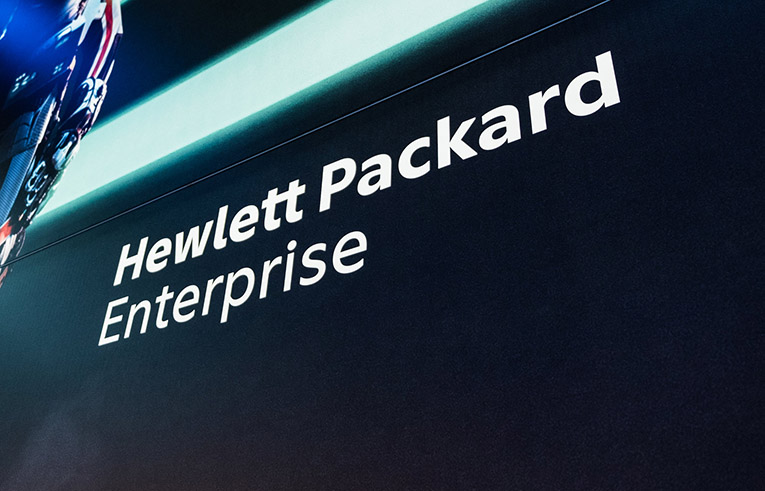Hewlett Packard Enterprise, the global edge-to-cloud, and digital technology company, announced this Wednesday that the US Department of Energy (DOE) selected it to develop a new supercomputer to advance the discovery of new renewable power.
Firstly, DOE, through the National Renewable Energy Laboratory (NREL), selected Hewlett Packard to build a new supercomputer to support ongoing R&D that will transform energy from geothermal, water, wind, solar, and fuels.
Moreover, the new computer will also support energy initiatives related to security, resilience, storage, systems integration, energy justice; also, community transitions, transportation, mobility, buildings, and advanced manufacturing.
The name of the new computer will be “Kestrel,” continuing the NREL’s trend of naming supercomputers with bird species; such as with previous system generations named “Peregrine” and “Eagle.” Kestrel is an American falcon.
Furthermore, Hewlett Packard will develop Kestrel using a next-generation high-performance computing (HPC) platform. This platform would harness insights more efficiently through advanced modeling, simulation, AI, and analytics capabilities.
Also recommended for you: Koch enters renewables market after DEPCOM acquisition. Click here to read.
Hewlett Packard to feature top-notch processors on Kestrel
As a result, Kestrel will play a critical role in computing across the research portfolio; advancing research in computational materials, continuum mechanics, and large-scale simulation and planning for future energy systems.
The device will also feature liquid-cooling capabilities that support NREL’s showcase facility for demonstrating data center efficiency, which has achieved a world-leading annualized average power usage effectiveness (PUE) rating of 1.036.
Furthermore, to improve Kestrel’s capacity, it will feature next-generation Intel Xeon Scalable processors; NVIDIA A100NEXT Tensor Core GPUs to accelerate AI, and HPE Slingshot, an Ethernet fabric purposely built for next-generation supercomputing. All of these to address higher speed and congestion control for larger data-intensive and AI workloads.
On the other hand, NREL expects to have the new computer completed in 2023. Once operational, Kestrel will have more than five times greater performance than NREL’s existing system, Eagle, with approximately 44 petaflops of peak performance. It will rest on NREL’s Energy Systems Integration Facility in Golden, Colorado.
Finally, Kris Munch, Lab Program Manager of Advanced Computing at NREL, said. “Kestrel will help EERE researchers and industry partners tackle today’s toughest energy challenges and bring the United States one step closer to a clean energy future.”


